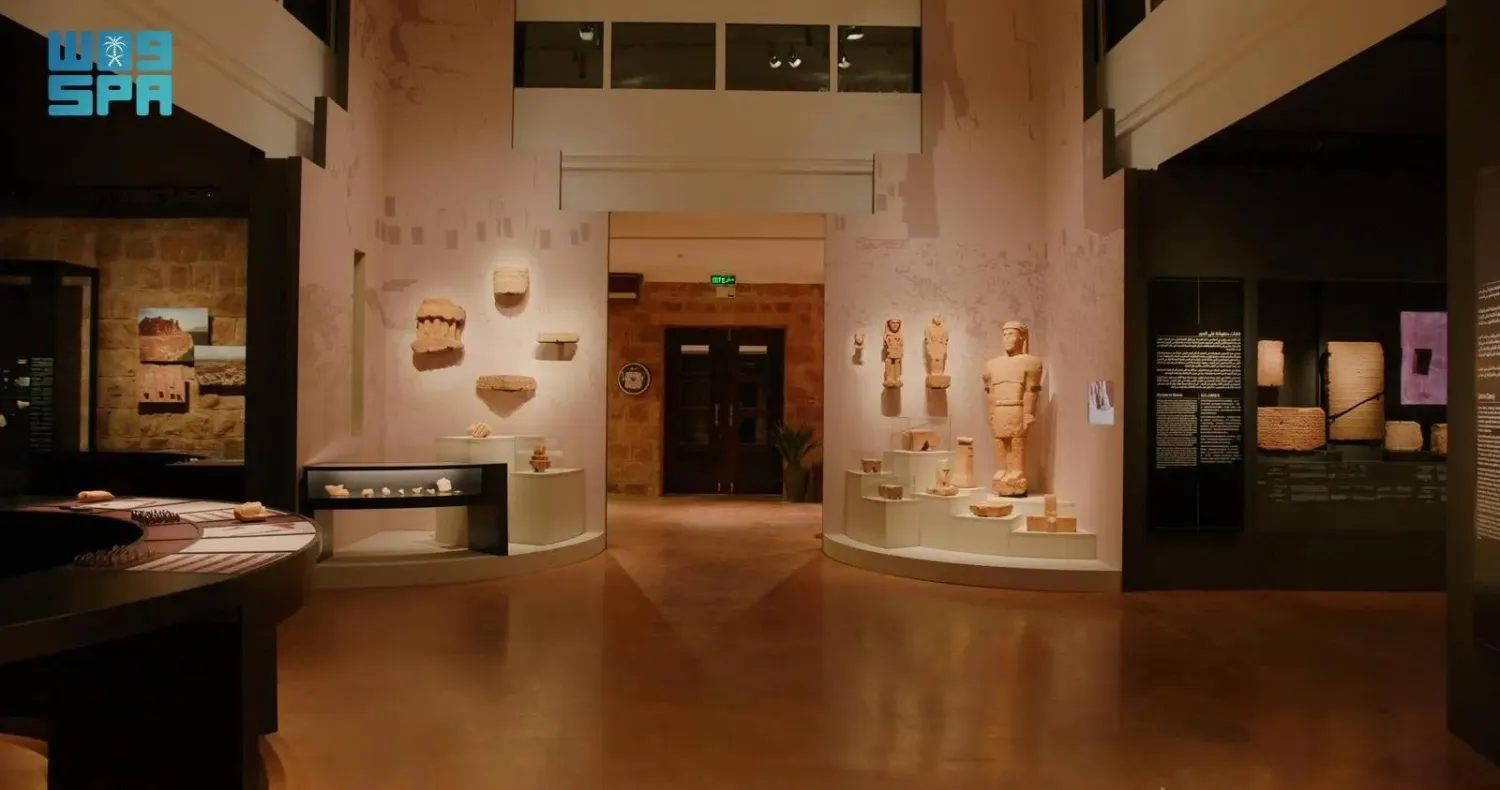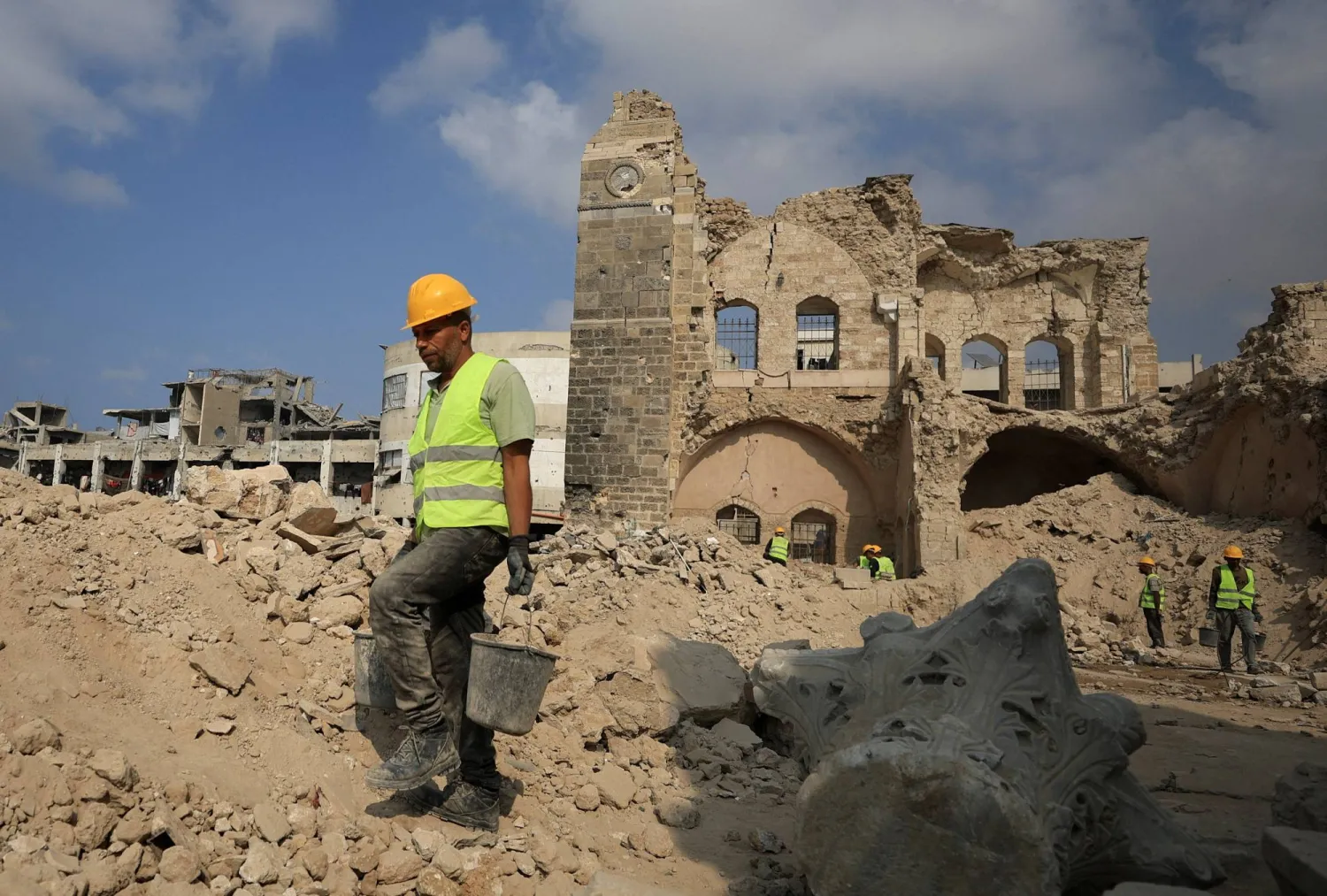The Saudi Ministry of Culture has launched a new digital interface that opens doors to explore the kingdom’s cultural wealth, enhance its presence in the national and global spaces, and reflect the modern evolution that took place in all the cultural sectors in the past few years.
The “Culture Gate” is a platform that provides the audience with an easy access to art and heritage valuables and rare memorabilia that Saudi Arabia has preserved as a witness on the authenticity of the land and the legacy of its inhabitants, and meets the world’s need to explore the details of the Saudi culture through museums, theater, arts, music, fashion, and films, in addition to many other culture components of the Saudi culture.
The platform offers an interactive map that showcases the massive cultural and heritage wealth across Saudi Arabia, and enables visitors to enjoy fun and constructive tours in museums, libraries, theaters, and Islamic and historic sites, as well as urban heritage sites and antiquities discovered on the kingdom’s lands.
One platform that witnesses on the richness of Saudi Arabia
The “Culture Gate” features an inclusive database that covers the sector, its assets, infrastructure, institutions, antiquities, and accomplishments, and enables the interested audience to contribute by uploading all sorts of cultural materials.
The platform also shares written works made by the “Saudi Translation Observatory” including a collection of books translated into Arabic, a collection of books on the Saudi heritage and historic sites, in addition to old Arabic manuscripts loaded with valuable information. Saudi Arabia has a great share that accounts for 27 percent of all the Arabic and Islamic authentic manuscripts. The platform displays the natural and cultural Saudi sites and their rich history.
The “Culture Gate” also features man-made arts including the traditional Saudi crafts and cultural practices, as well as an inclusive insight on the Saudi cuisine, dishes, and traditional Arabic spices, stone carvings that document the life and civilization of the Arabic populations in the past, and historic discoveries that highlight the fine Saudi heritage. Moreover, it lists the cultural records of museums, libraries and theaters.
Documentation of the cultural sectors
Since launching its all-sector strategy, the ministry of culture has led accelerating efforts to preserve and document all kinds of cultural and historic information and details from all the Saudi regions. It has also worked on registering many natural and historic sites on international lists.
In addition to upgrading the cultural scene with initiatives aimed at activating the literary and artistic fields, the ministry has ensured to preserve the historic legacy of the kingdom as part of its aspirations to build a prospering future of culture in line with the ambitious transformation program promoted by the Saudi Vision 2030.
The cultural sector plays a major role in accomplishing the Vision’s goals by emphasizing culture as a lifestyle, and harnessing culture to serve the economic growth and the kingdom’s global position.
The Saudi culture sector has managed to enlist 11 local cultural elements on the UNESCO’s Intangible Heritage List, and seven natural sites on the World Heritage List, in addition to registering around 5,000 craftsmen and women in the National Craft Record.
The Cultural Gate comes as part of the ministry’s efforts to gather the Saudi cultural resources in one platform that serves the interested audience and promotes the cultural wealth nationally and globally.









